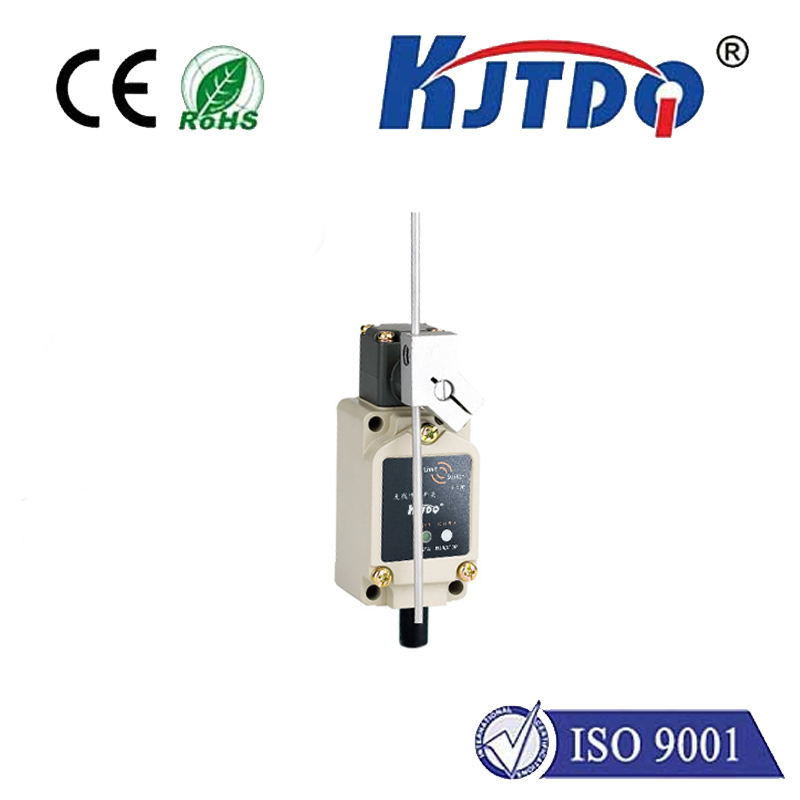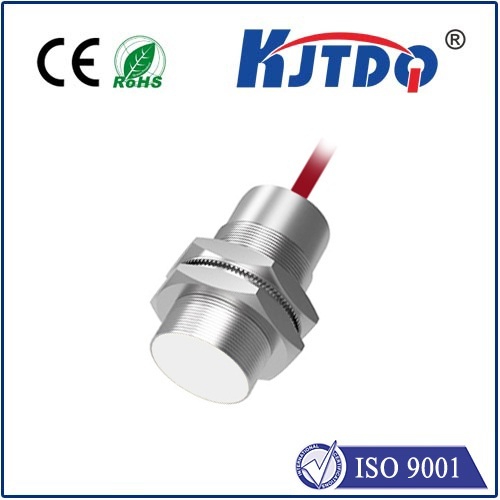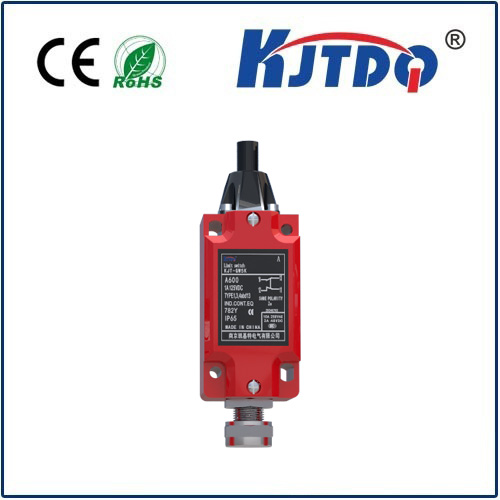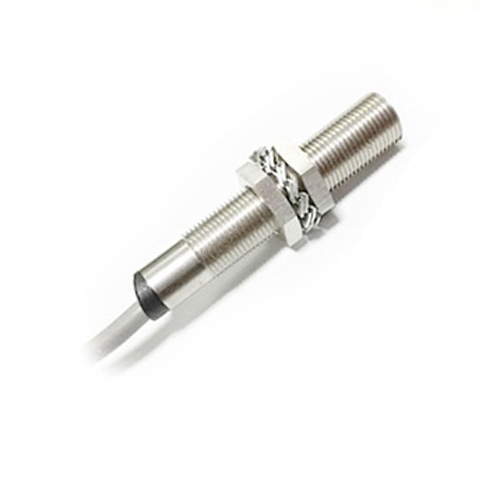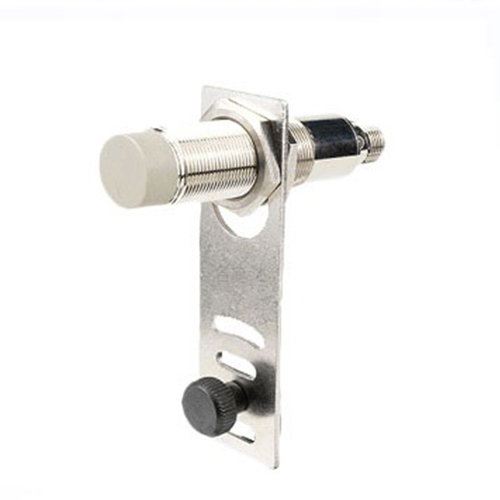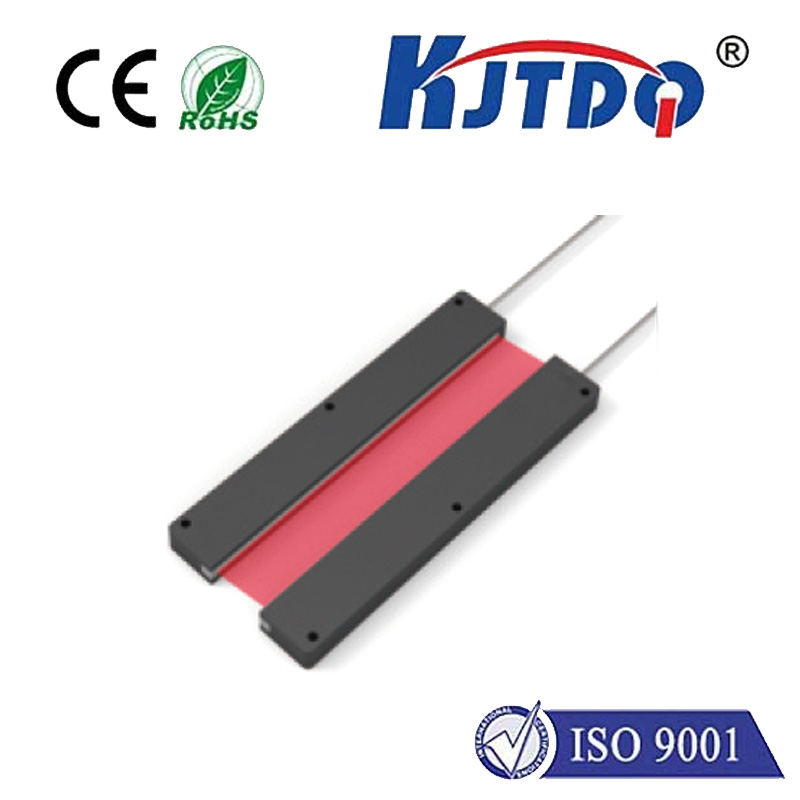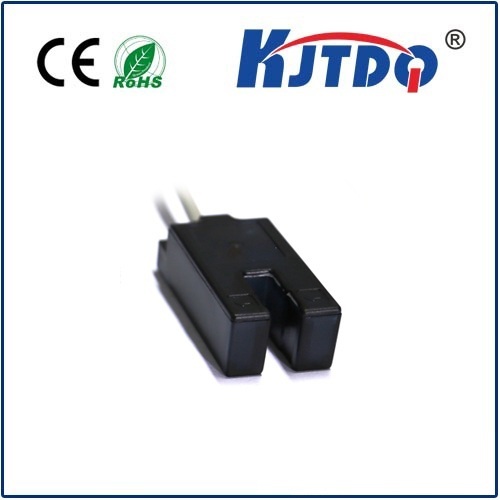Capacitive Distance Measurement: A Comprehensive Guide to Precision and Applications In the world of modern technology, precision and efficiency are paramount. One of the most innovative methods for achieving accurate distance measurements is capacitive distance measurement. This technique, rooted in the principles of capacitance, has revolutionized industries ranging from manufacturing to consumer electronics. But what exactly is capacitive distance measurement, and why is it gaining so much attention? Let’s dive into the details.
At its core, capacitive distance measurement relies on the principle of capacitance, which is the ability of a system to store an electric charge. A capacitive sensor typically consists of two conductive plates separated by a dielectric material. When an object enters the sensor’s field, it alters the capacitance between the plates. By measuring this change, the sensor can determine the distance to the object with remarkable accuracy. Key Advantages of Capacitive Distance Measurement
Высокая точность: Capacitive sensors can detect minute changes in distance, making them ideal for applications requiring extreme accuracy.
Non-Contact Operation: Since the sensor doesn’t physically touch the object, it eliminates wear and tear, ensuring longevity.
Многогранный.: These sensors can measure distances for a wide range of materials, including metals, plastics, and even liquids.
Компактный дизайн: Capacitive sensors are often small and lightweight, making them suitable for integration into various devices.
The process begins with the creation of an electric field between the sensor’s plates. When an object enters this field, it disrupts the field lines, causing a change in capacitance. This change is then converted into a measurable signal, which can be interpreted as a distance value. Factors Affecting Measurement Accuracy While capacitive distance measurement is highly accurate, several factors can influence its performance:
Dielectric Constant: The material’s dielectric properties can affect the capacitance. Materials with higher dielectric constants produce stronger signals.
Environmental Conditions: Humidity, temperature, and other environmental factors can impact sensor performance.

Object Size and Shape: Larger objects or those with irregular shapes may require specialized sensor configurations.
The versatility of capacitive distance measurement has led to its adoption in numerous industries. Here are some notable applications:
In manufacturing, precision is critical. Capacitive sensors are used to monitor the position of components, ensuring that machinery operates within tight tolerances. For example, they can measure the thickness of materials during production or detect the presence of objects on assembly lines.
Capacitive technology is widely used in touchscreens and touchpads. By measuring the distance between a user’s finger and the screen, these devices can accurately detect touch inputs. Additionally, capacitive sensors are used in smartphones for proximity detection, preventing accidental touches during calls.
In the medical field, capacitive sensors are employed in devices such as ultrasound machines and surgical instruments. Their ability to provide precise measurements ensures accurate diagnoses and safer procedures.
Capacitive sensors are integrated into vehicles for various purposes, including parking assistance systems and driver monitoring. They help detect obstacles and ensure safe driving conditions.
Robots rely on capacitive sensors to navigate their environment and interact with objects. These sensors enable robots to perform tasks with high precision, such as picking up delicate items or assembling components.
While capacitive distance measurement offers numerous benefits, it is not without challenges. One common issue is sensitivity to environmental factors. To address this, advanced sensors are equipped with compensation mechanisms that adjust for changes in temperature or humidity. Another challenge is calibration, which ensures that the sensor provides accurate readings. Regular calibration and maintenance are essential for optimal performance.
As technology continues to evolve, so does the potential of capacitive distance measurement. Emerging trends include:
Miniaturization: Smaller sensors are being developed for use in compact devices, such as wearables and IoT applications.
Enhanced Sensitivity: Innovations in sensor design are improving sensitivity, allowing for the detection of even smaller changes in distance.
Integration with AI: Combining capacitive sensors with artificial intelligence enables smarter decision-making and automation in various industries.
When selecting a capacitive sensor for a specific application, several factors should be considered:
Measurement Range: Ensure the sensor can measure the required distance.
Material Compatibility: Verify that the sensor is suitable for the materials being measured.
Environmental Resistance: Choose a sensor that can withstand the operating conditions.
Cost: Balance performance with budget constraints. In conclusion, capacitive distance measurement is a powerful technology that offers unparalleled precision and versatility. Its applications span across industries, making it an indispensable tool in today’s tech-driven world. Whether you’re designing a cutting-edge consumer device or optimizing a manufacturing process, understanding and leveraging this technology can lead to remarkable advancements.
